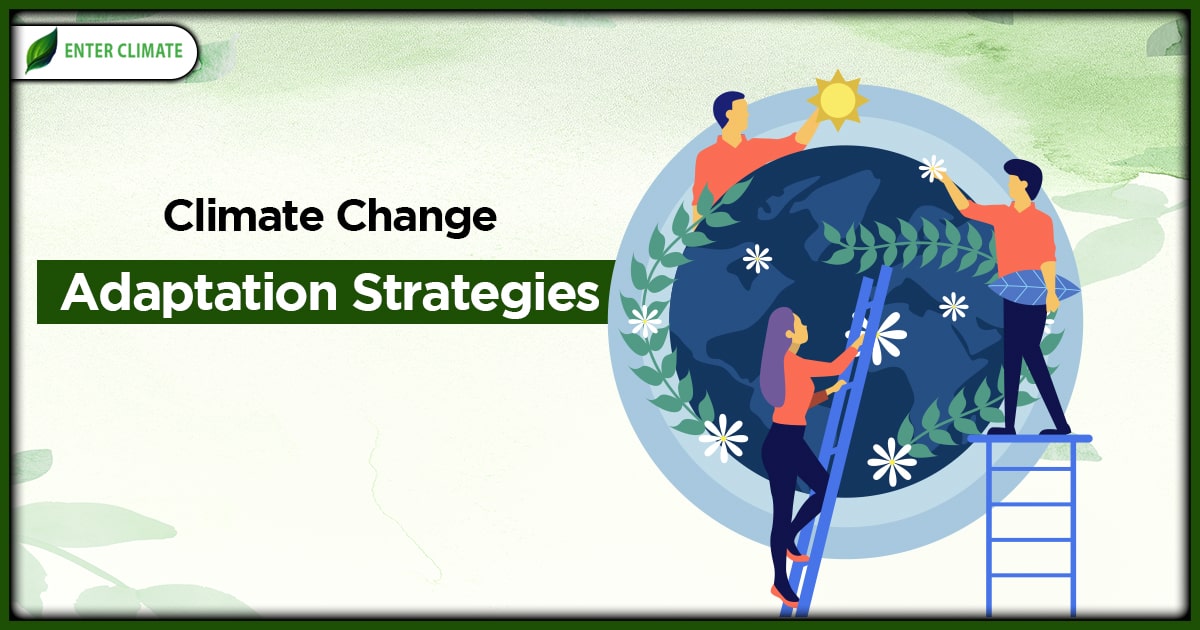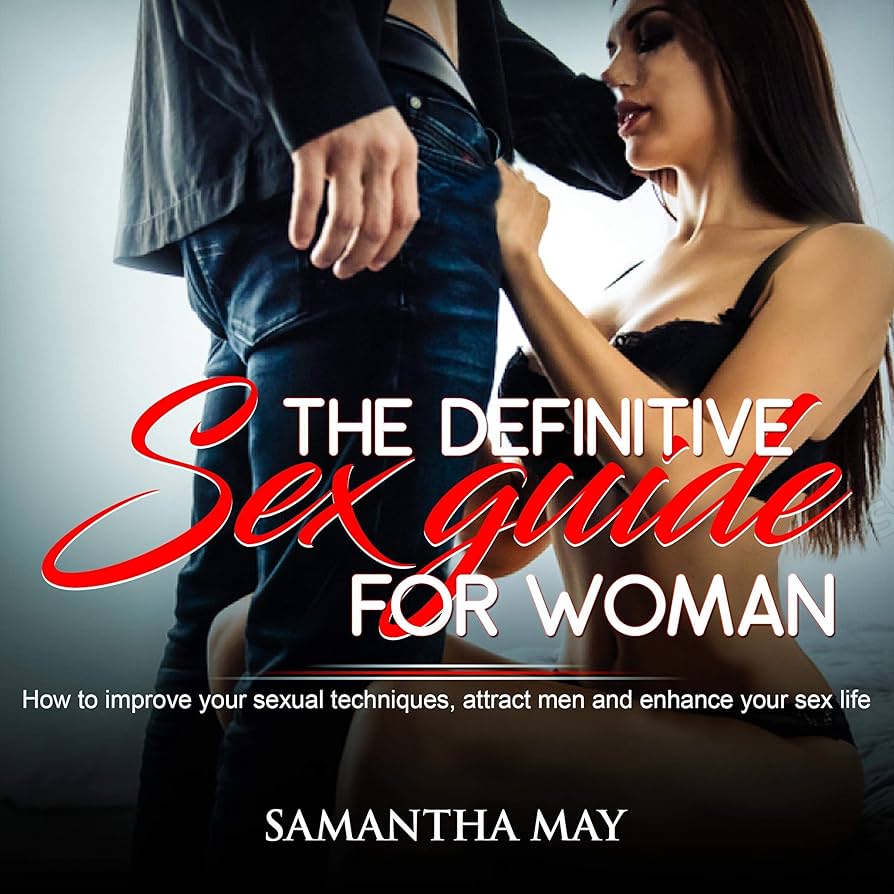Child Sex Trafficking Prevention Day Declared in Seattle
By Kiara Doyal, The Seattle Medium
Seattle Mayor Bruce Harrell is set to declare May 7th as “Child Sex Trafficking Prevention Day” in Washington state, according to StolenYouth, a local non-profit organization dedicated to ending child sex trafficking. This declaration will coincide with StolenYouth’s annual fundraising luncheon.
The purpose of StolenYouth’s luncheon is to educate the community about child sex trafficking and inspire attendees to take action against it.
Child sex trafficking is a significant issue that has persisted for decades across the nation. In Seattle alone, hundreds of children and youth are trafficked each year. Aurora Avenue North is particularly known as the epicenter of sex trafficking in Washington State. Advocates believe that the newly declared prevention day is crucial in raising awareness in King County.
Statistics Highlighting Inequity Issues
Ben Gauen, StolenYouth Board Member and Attorney at Schroeter Goldmark & Bender, points out a disturbing trend in King County. Out of all trafficking victims, 44% identify as Black African Americans, despite the fact that the Black African American population in King County is only 7% according to 2020 census data. Gauen also notes that those charged with exploiting children are predominantly wealthy white males.
Gauen emphasizes the importance of addressing not only race and gender but also income disparities when combating sex trafficking.
StolenYouth’s Goals and Community Engagement
StolenYouth, founded in 2012, is the only local organization solely focused on ending child sex trafficking in Washington state. The organization has three main goals: prevention, intervention, and community engagement.
Renee Wallace, StolenYouth and REST (Real Escape from the Sex Trade) Board Member, emphasizes the need to raise awareness and drive engagement on the issue of sex trafficking in both the local community and the entire state of Washington.
Wallace supports the declaration of Child Sex Trafficking Prevention Day as a way to shed light on this issue and educate people about how to prevent it from happening to their children and youth.
Expanding the Narrative: Victims Beyond Women
StolenYouth members are working to challenge the misconception that sex trafficking only affects women. Black boys and transgender youth are increasingly becoming victims, often overlooked by current standards.
Wallace stresses the importance of collecting data on the experiences of Black boys and transgender youth, as their shame and guilt often prevent them from reporting their exploitation.
She also highlights the role of racism in perpetuating the exploitation of male youth, particularly in online spaces such as gaming, where dominant culture devalues Black bodies.
Vulnerability and Exploitation
Children and youth often do not realize they are being exploited or trafficked because their abusers are people close to them. This misplaced trust contributes to their vulnerability and forces them to engage in activities to meet their basic needs.
StolenYouth has been actively working to combat child sex trafficking in Washington state by collaborating with various organizations across the state. The declaration of “Child Sex Trafficking Prevention Day” on May 7th validates StolenYouth’s efforts in intervention and prevention.
Gauen acknowledges the power of raising awareness and building compassion for the young victims of sex trafficking through this newly sanctioned day.
Importance of Spreading Awareness
Spreading awareness and preventing child sex trafficking is crucial for the well-being and future of vulnerable children, not only in Seattle but nationwide.
Wallace emphasizes the significance of prevention in addressing this issue, stating that an ounce of prevention is worth more than a pound of cure.
SDGs, Targets, and Indicators
-
SDG 5: Gender Equality
- Target 5.2: Eliminate all forms of violence against all women and girls in the public and private spheres
- Indicator 5.2.1: Proportion of ever-partnered women and girls subjected to physical, sexual, or psychological violence by a current or former intimate partner in the previous 12 months
-
SDG 8: Decent Work and Economic Growth
- Target 8.7: Take immediate and effective measures to eradicate forced labor, end modern slavery and human trafficking, and secure the prohibition and elimination of the worst forms of child labor
- Indicator 8.7.1: Proportion and number of children aged 5-17 years engaged in child labor, by sex and age group
-
SDG 10: Reduced Inequalities
- Target 10.2: By 2030, empower and promote the social, economic, and political inclusion of all, irrespective of age, sex, disability, race, ethnicity, origin, religion, or economic or other status
- Indicator 10.2.1: Proportion of people living below 50 percent of median income, by age, sex, and persons with disabilities
-
SDG 16: Peace, Justice, and Strong Institutions
- Target 16.2: End abuse, exploitation, trafficking, and all forms of violence against and torture of children
- Indicator 16.2.3: Proportion of young women and men aged 18-29 years who experienced sexual violence by age 18
Analysis
1. Which SDGs are addressed or connected to the issues highlighted in the article?
The issues highlighted in the article are connected to SDGs 5, 8, 10, and 16. These goals address gender equality, decent work and economic growth, reduced inequalities, and peace, justice, and strong institutions, respectively.
2. What specific targets under those SDGs can be identified based on the article’s content?
Based on the article’s content, the specific targets that can be identified are:
– Target 5.2: Eliminate all forms of violence against all women and girls in the public and private spheres.
– Target 8.7: Take immediate and effective measures to eradicate forced labor, end modern slavery and human trafficking, and secure the prohibition and elimination of the worst forms of child labor.
– Target 10.2: By 2030, empower and promote the social, economic, and political inclusion of all, irrespective of age, sex, disability, race, ethnicity, origin, religion, or economic or other status.
– Target 16.2: End abuse, exploitation, trafficking, and all forms of violence against and torture of children.
3. Are there any indicators mentioned or implied in the article that can be used to measure progress towards the identified targets?
Yes, there are indicators mentioned or implied in the article that can be used to measure progress towards the identified targets. These indicators include:
– Indicator 5.2.1: Proportion of ever-partnered women and girls subjected to physical, sexual, or psychological violence by a current or former intimate partner in the previous 12 months.
– Indicator 8.7.1: Proportion and number of children aged 5-17 years engaged in child labor, by sex and age group.
– Indicator 10.2.1: Proportion of people living below 50 percent of median income, by age, sex, and persons with disabilities.
– Indicator 16.2.3: Proportion of young women and men aged 18-29 years who experienced sexual violence by age 18.
Table: SDGs, Targets, and Indicators
| SDGs | Targets | Indicators |
|---|---|---|
| SDG 5: Gender Equality | Target 5.2: Eliminate all forms of violence against all women and girls in the public and private spheres | Indicator 5.2.1: Proportion of ever-partnered women and girls subjected to physical, sexual, or psychological violence by a current or former intimate partner in the previous 12 months |
| SDG 8: Decent Work and Economic Growth | Target 8.7: Take immediate and effective measures to eradicate forced labor, end modern slavery and human trafficking, and secure the prohibition and elimination of the worst forms of child labor | Indicator 8.7.1: Proportion and number of children aged 5-17 years engaged in child labor, by sex and age group |
| SDG 10: Reduced Inequalities | Target 10.2: By 2030, empower and promote the social, economic, and political inclusion of all, irrespective of age, sex, disability, race, ethnicity, origin, religion, or economic or other status | Indicator 10.2.1: Proportion of people living below 50 percent of median income, by age, sex, and persons with disabilities |
| SDG 16: Peace, Justice, and Strong Institutions | Target 16.2: End abuse, exploitation, trafficking, and all forms of violence against and torture of children | Indicator 16.2.3: Proportion of young women and men aged 18-29 years who experienced sexual violence by age 18 |
Copyright: Dive into this article, curated with care by SDG Investors Inc. Our advanced AI technology searches through vast amounts of data to spotlight how we are all moving forward with the Sustainable Development Goals. While we own the rights to this content, we invite you to share it to help spread knowledge and spark action on the SDGs.
Fuente: seattlemedium.com

Join us, as fellow seekers of change, on a transformative journey at https://sdgtalks.ai/welcome, where you can become a member and actively contribute to shaping a brighter future.






